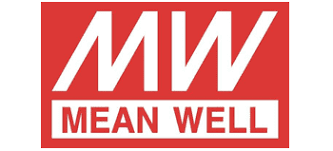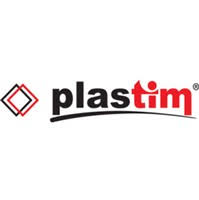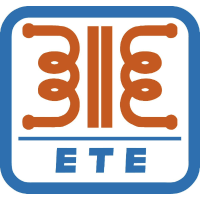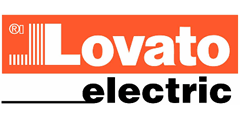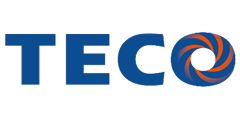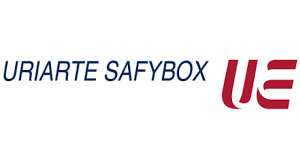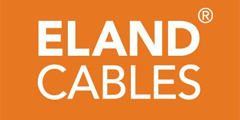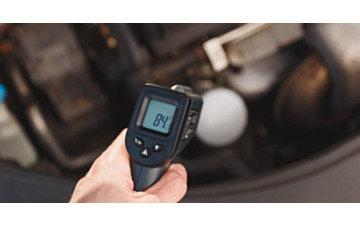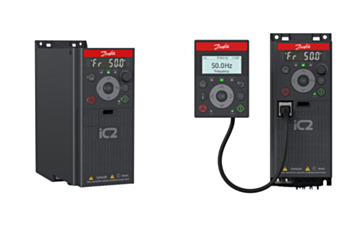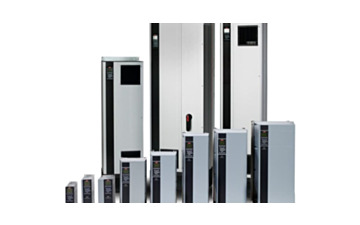What Is a Programmable Logic Controller?

A programmable logic controller is something we all take for granted without realising. Virtually everything that has been manufactured over the past few decades has been completed on a production line that uses at least one PLC. But you don’t have to work in manufacturing to come into contact with one – we use them in all areas of our everyday lives, with the buzzword for PLCs being “smart”, as in phone, tv, house an anything else we input data into.
What is a programmable logic controller?
Essentially, a programmable logic controller is an electronic computer that takes inputted data, and processes it to produce an action. When used in an industrial environment, they’re typically used to monitor the state of input devices, something which is done by carrying out an input scan, program scan, and output scan, before going on to perform any pre-set actions based on the results. In short, it’s a small computer that can automatically maintain systems by making changes based on different scenarios.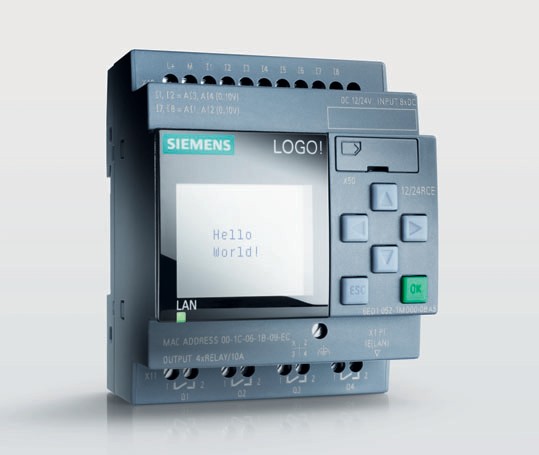
Why do we need PLCs?
Programmable logic controllers are quick and easy ways of making sure things are running properly, and remove the many man hours that would be needed to manually monitor devices and ensure they are optimised to work efficiently. PLCs have been tried and tested across many varied manufacturing processes, and are proven to be an easy to use, highly reliable form of programming, and are also a useful method of performing process fault diagnosis, with their high reactiveness and automatic system maintenance being other key strong points. Overall, programmable logic controllers have been seen to revolutionise manufacturing, specifically as they’ve become much more simple to incorporate into systems. Nowadays, PLCs can be programmed using a variety of input devices and no longer require hard wiring every time the instructions have to be changed. Some of the things PLCs help to achieve:- Reducing the amount of human error
- Keeping to strict schedules
- Increasing accuracy of repeating processes and functions
- Improving quality levels
How do PLCs work?
The concept of a programmable logic controller can initially sound confusing, especially when it comes to the programming language used to operate them. Although traditionally this type of system might have required a lot of manual programming, it is no longer the case, as PLC input devices now have completely user friendly interfaces, allowing the device to be set up with ease.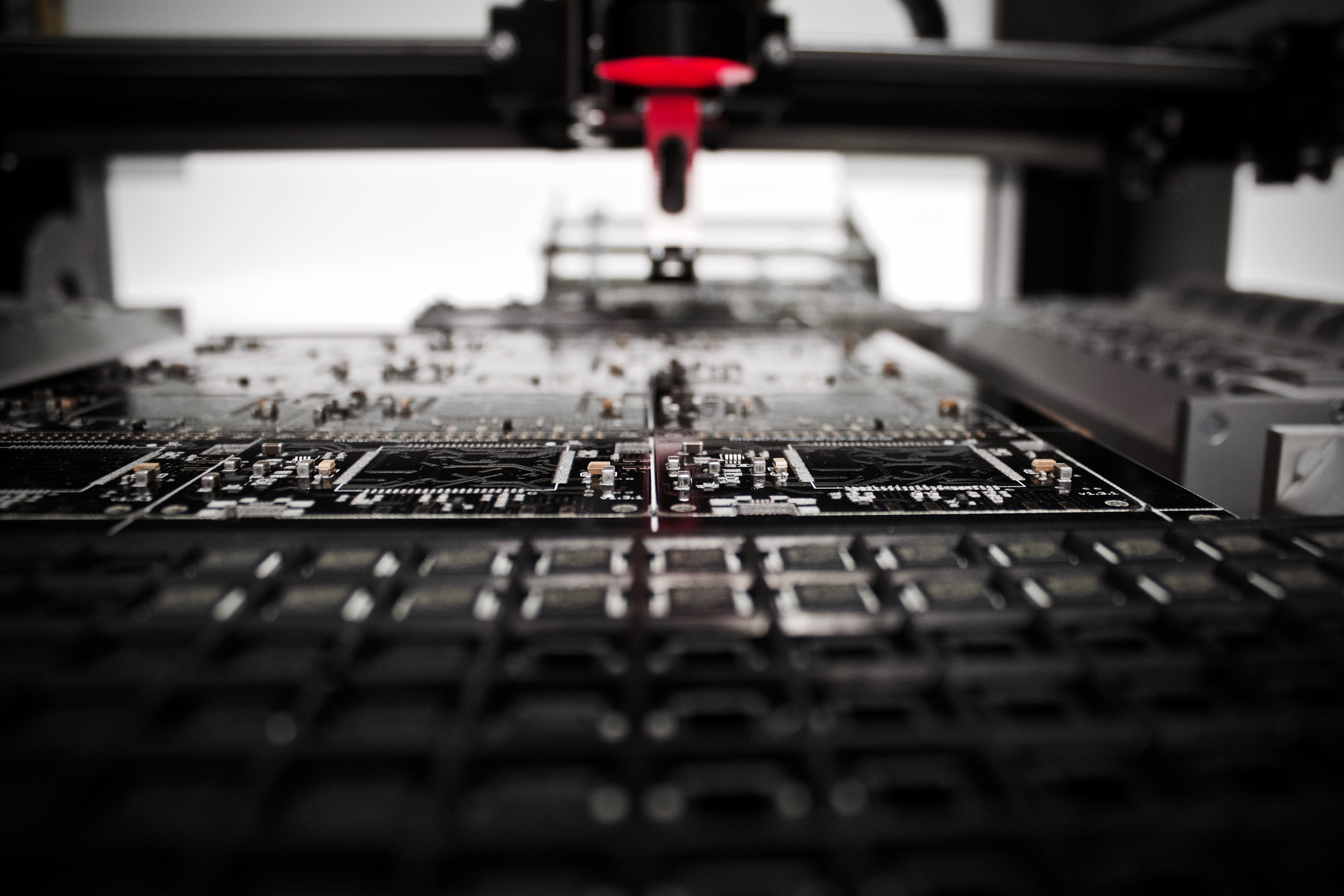 The user can now input information without having to write a complicated programme, but programming language is still used within the systems. Currently, ladder logic is the most commonly used language when it comes to PLCs, although other languages such as function block diagram, structured text, instruction list, and sequential function chart are also in use.
The user can now input information without having to write a complicated programme, but programming language is still used within the systems. Currently, ladder logic is the most commonly used language when it comes to PLCs, although other languages such as function block diagram, structured text, instruction list, and sequential function chart are also in use.
The history of Programmable Logic Controllers
PLCs date back to the late 1960s, when large US car manufacturers were looking to cut their costs when it came to having to replace overly complicated relay based machine control systems. It was in 1969 that this problem looked to be close to being eliminated, with the creation of the first programmable logic controller by Dick Morley, with the many, many PLCs developed since being based on his original design. It wasn’t initially a successful transition from Morley’s idea to a physical product, as he detailed in his memoirs: “The initial machine, which was never delivered, only had 125 words of memory, and speed was not a criteria as mentioned earlier. You can imagine what happened! First, we immediately ran out of memory, and second, the machine was much too slow to perform any function anywhere near the relay response time.” It wasn’t until 1973 though that PLCs first had any commercial success, with a controller developed by Michael Greenberg in that year being the one that made that specific breakthrough. He produced the Modicon 184, and was described by inventor Morley as “one of the best engineers I have ever met”. The 184 is credited as being the design that pushed PLCs into the marketplace, rocketing the industry to where it is today. Since the 60s and 70s, PLCs have gone from strength to strength, and are now one of the most widely used components in the industrial automation sector, with an estimated worldwide market of billions of dollars every year.Programmable Logic Controllers at LED Controls
At LED Controls, we stock a wide selection of programmable logic controllers, from reputable developers including IMO.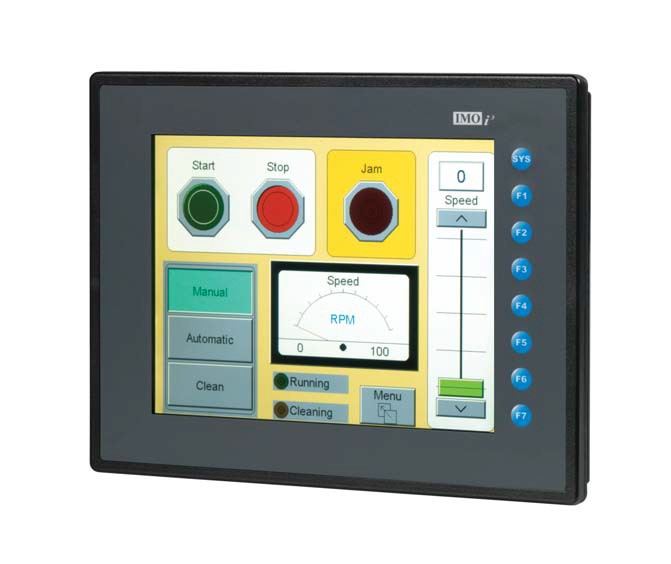 IMO is a British company founded in the UK in 1972, and expanding to become a global name in the industrial control and electronic components sector. They have a strong history of innovation, creating several “world firsts” products, and now producing numerous automation pieces including variable speed drives, human machine interfaces and more.
At LED Controls, we stock IMO’s programmable logic controllers, specifically their compact, technologically advanced XGB range, with high speed processing, maximum automation, and an improved quality performance. IMO PLCs are well known for having advanced user interfaces, with clear, easy-to-use, enhanced functions.
Click here to view the full PLC range at LED Controls.
Have any queries about any products or services at LED Controls? Get in touch by clicking here to fill in a contact form, email sales@ledcontrols.co.uk, or give us a call on 08450 756230.
IMO is a British company founded in the UK in 1972, and expanding to become a global name in the industrial control and electronic components sector. They have a strong history of innovation, creating several “world firsts” products, and now producing numerous automation pieces including variable speed drives, human machine interfaces and more.
At LED Controls, we stock IMO’s programmable logic controllers, specifically their compact, technologically advanced XGB range, with high speed processing, maximum automation, and an improved quality performance. IMO PLCs are well known for having advanced user interfaces, with clear, easy-to-use, enhanced functions.
Click here to view the full PLC range at LED Controls.
Have any queries about any products or services at LED Controls? Get in touch by clicking here to fill in a contact form, email sales@ledcontrols.co.uk, or give us a call on 08450 756230.












